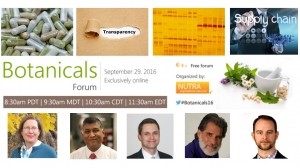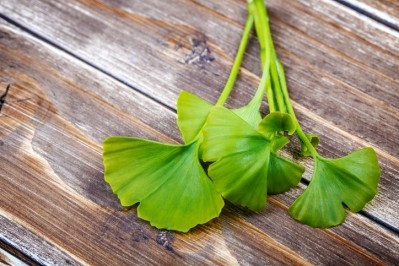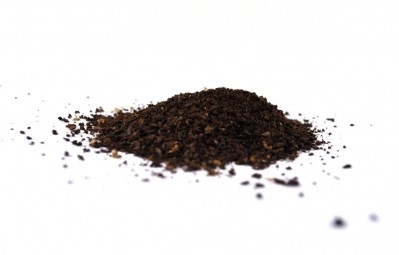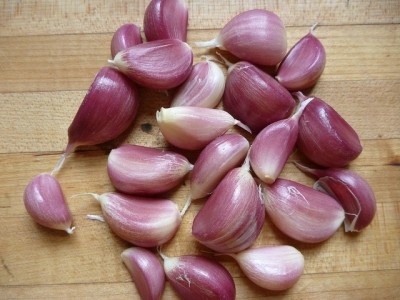Special edition: botanicals
Botanicals hit national spotlight in article on ethnobotany
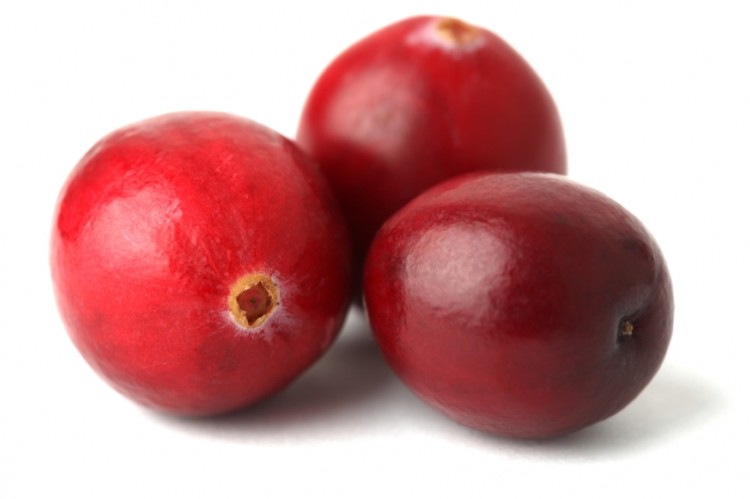
The article, which appeared in the Sunday New York Times Magazine this past week, was titled Flower Power. Author Ferris Jabr focused on the looming crisis brought on by years of antibiotic use. While no one disputes the powerful contribution these drugs have made to public health, decades of use—and overuse—has given rise to multiple strains of highly resistant bacteria that have proven very difficult to treat with existing therapies. And Jabr detailed how the development of new antibiotics has stalled, in part because drug companies have moved on to more profitable candidates in the treatment of cancer, depression, high cholesterol and other indications.
Botanicals offer hope
But the potential of plants as sources of new antimicrobial drugs was highlighted as a potential way out of this box canyon. In particular, the article focused on the way some plant constituents can interrupt the bacterial life cycle, as opposed to killing the organisms outright. Bacteria communicate with each other via a system known as ‘quorum sensing.’ When enough cells are present, they start to clump together, adhere to surfaces or structures and form what are known as biofilms, and it is a that point that a full blown infection starts to take place. At this stage, the cells secrete a sticky carbohydrate matrix that acts almost like armor, making them much more difficult to deal with than free floating individual cells would be.
The article followed the research of enthnobotany professor Cassandra Quave, PhD at Emory University in Atlanta, GA. Quave has investigated a variety of botanical ingredients for their antimicrobial potential, including Brazial peppertree and elmleaf blackberry, which has a traditional use in the treatment of boils and abscesses. Quave discovered that an elmleaf blackberry extract can have an effect on MRSA—or Methicillin-resistant Staphylococcus aureus—a particularly nasty bug that has evolved in recent decades that can’t be easily eradicated with existing therapies. Quave and her team have shown that the extracts can inhibit the ability of MRSA to form biofilms.
Reminiscent of cranberry
That mode of action struck Cal Bewicke, CEO of Ethical Naturals, as strikingly reminiscent of how the proanthocyanidins (PACs) in cranberry inhibit urinary tract infections. Those ingredients have been shown to help prevent microorganisms from adhering to cell walls. Individual lone bacteria drifting about are not much of a problem.
“The thought with cranberry came up immediately to me because it seemed to conform exactly to the principles of this article. It’s very likely that further research in enthnobotany will find further methods and outcomes that will be added to that which is already known about cranberry,” Bewicke told NutraIngredients-USA.
Spotlight is welcome
Stefan Gafner, PhD, who’s chief scientific officer of the American Botanical Council, the renewed emphasis on plants as source of truly healthful ingredients is welcome. Gafner previously worked with enthnobotanical ideas while at Toms of Maine, and in that capacity has seen interest in the field wax and wane.
“I would say I was surprised. I would say the emphasis on ethnobotany seemed to have waned a little bit in recent years. When I’d go to scientific meetings 15 years ago, that part of herbal research was very much alive. I was very happy to see that this idea was taken up both by The Times and by NPR (which did a subsequent radio report on the article),” he said.
While at Toms, Gafner did work on dental plaques, which he said are probably the most familiar biofilms to the average consumer. His team, like that of Quave’s and the researchers working with cranberries, found that PACs contained in botanicals such as cranberries, bilberries or black currants held promise in this area.
“We found that quite a few articles of interest that could prevent the prevention of biofilms. But disrupting existing biofilms is a much more challenging task and there are not that many plant based materials that have efficacy in that way,” Gafner said.
As the article in The Times focused on drug discovery, it has limited immediate direct application for the dietary supplement community, Gafner admitted. But renewed interest in this approach could be a tide that floats more than one boat, he said.
“There is a lot of opportunity there but the claims that a dietary supplement company might be allowed to make on an extract that might have activity on biofilm formation, they would be very limited. The research is exciting, though, and there is a lot of opportunity to find out more about how these extracts work and I’m looking forward to more research in this area,” he said.
While much is lost, much remains to be gained
Gafner said that one concern that hovers over the whole field of ethnobotanical research is the rapidity with which some of this knowledge is being lost. Urbanization, which is accelerating around the world, coupled with an increasing belief in and reliance on pharmaceuticals, means many folk healers, who are natural wellsprings of this knowledge, are dying or leaving the field without passing their knowledge on.
“It’s a valid concern, and one that I share. It’s a concern for a lot of researchers who work in the area of plants that we do lose a lot of knowledge that has been around for centuries and that will continue to happen unfortunately,” he said.
Bewicke said one positive note is that even with that inevitable erosion of the knowledge base, much of this material has already been gathered, and a plethora of information is waiting to be mined for new supplement ingredients and formulations.
“I think that’s definitely a concern. Fortunately there is a huge amount of knowledge that has already been put down on paper. And we have a much greater ability now to identify and isolate botanicals that can have healthful properties. When you look the huge number of medicines that have already come from botanical materials it would make sense that many more will be identified in plants,” Bewicke said.
NutraIngredients-USA’s Botanicals Forum
Experts from Nature’s Way, the American Botanical Council, Herbalist & Alchemist, and GNC will discuss the challenges and opportunities in the botanicals section in NutraIngredients-USA’s Botanical Forum on September 29. The event is free to attend. For more details and to register, please click HERE.
